John Dixon explores earthquake damping technology in the Pre-Columbian pyramid structures of Peru
As I sat in my office in one of the high rise buildings in San Isidro feeling the effect of a relatively minor (M5.5) earthquake (the fifth of 2013, which shook my surroundings like distant thunder) I was reminded that in this plate-edge environment where earthquakes are far from infrequent the peoples of Peru must have been coping with such instability since they first appeared in the land.
The geological setting of Lima would not perhaps be considered conducive to construction. The city is built upon two great alluvial fans of the rivers Rimac and Chillon. These fans, of late Pliocene or early Pleistocene age, derived from the igneous rocks of the Andes, comprise a thick sequence of sands, gravels, cobbles and boulder beds sometimes showing good gradation and localized stratification. As may be expected, the clasts are largely igneous with cobbles and pebbles of Andean rock-types such granites, diorites and gabbros. They are weakly cemented and their erosion into gullies is well developed along the cliffs of Miraflores.
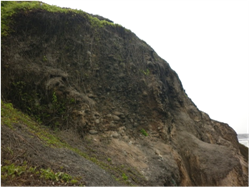 Fig 1. Delta fan material forming the cliffs in the Miraflores district of Lima, Peru.
Fig 1. Delta fan material forming the cliffs in the Miraflores district of Lima, Peru.
They do not strike the eyes of this hard-rock geologist as good foundation material; though clearly, over some 2000 years or more they have been just that - and these days high-rise buildings abound within the modern city limits. It is worth noting that erosion of the cliffs has occurred over a long time period since water is a rare commodity in Lima, most being drawn from the Rio Rimac, with an annual rainfall of about 25mm mostly occurring as garúa (or, very fine drizzle).
LIMA QUAKES
Lima is no stranger to earthquakes (Table) and there are certainly many records dating back to the first arrival of the Spanish. Throughout the years since then there are significant earthquakes every few decades or so as the Nazca plate slowly grinds its way under the South American plate. For instance in 1940 there was a M7.3 which devastated the town and this was followed by a smaller one (M6.4) in 1966 and another of M7.2 in 1974. Modern construction and engineering techniques and codes are in place to help mitigate the effects of such events, but in much of Lima these codes simply cannot be applied because of the rapid growth of the city and largely uncontrolled building. It is for this reason that seismologists are warning of significant loss of life should Lima is struck by large quake, as is widely anticipated.
In the modern world we are, as geologists and engineers, familiar with such things as Maximum Design Earthquake criteria and associated peak ground accelerations and risk assessments based on these factors. It is easy to forget that for most of human existence on the planet there were no such tools by which we could feel some comfort or level of control when building town and cities.
No clear picture exists of the events witnessed by early settlers. Little by way of records were kept in a society where verbal tradition was more important. But it is clear that there was a keen interest in cyclical events, if only because they needed to understand such things as the effect of el Niño, and seasonal variations, to be able to produce sufficient food for a growing population. It is probably within this context that the people of, for instance the Lima or Huari cultures, first became aware of both the effect of earthquakes and the fact that, while they were not necessarily cyclical, they certainly occurred frequently enough to warrant attention and concern.
None of this means that people did not try to understand what was going on, or try to mitigate the effects of the Earth’s power upon their built environment. So what sorts of techniques were available to the pre-Columbian peoples of the area we now call Lima? Examination of the structures’ construction reveal that they employed two effective methods of seismic damping.
Within Lima there are at least two sites - in San Isidro and Miraflores - that provide evidence of a level of evolving understanding about the behaviour of earthquakes, demonstrating that these cultures were both aware of their effects and able to deal with them – at least to a certain degree.
HUACA HUALLAMARCA
The earliest of these structures is the Huaca Huallamarca in San Isidro. This is believed to have been constructed about 1800 - 2000 years ago in the form of a stepped pyramid rising in three platforms to a height of about 19 metres. Each platform is formed from roughly rounded adobe, laid in rough stretcher courses, with a clay layer of about 25mm separating each course. The mud bricks, all 3.5 million of them, are of a varied composition is so far as many are quite pebbly or contain shell material, indicating the source material came from local rivers.
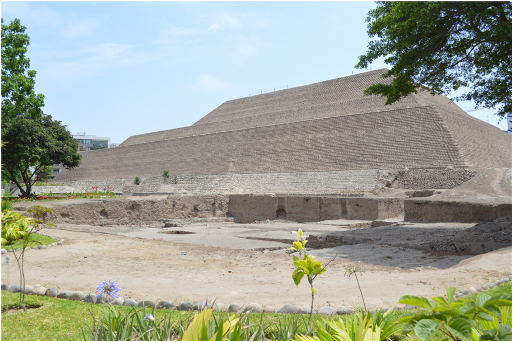 Fig 2. The Restored Huaca Huallamarca in San Isidro, Lima.
Fig 2. The Restored Huaca Huallamarca in San Isidro, Lima.
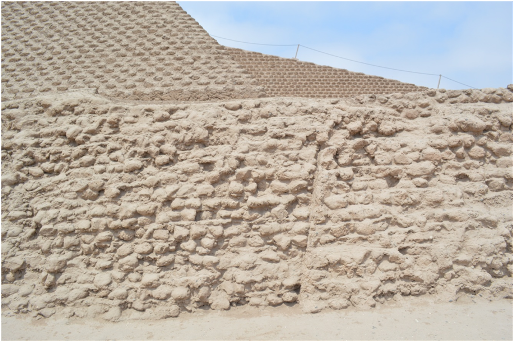 Fig 3. Rounded adobe exposed at the edge of second platform. Note what appears to be an internal buttress and the restored level above
Fig 3. Rounded adobe exposed at the edge of second platform. Note what appears to be an internal buttress and the restored level above
It has been much restored since the 1950s but the method of construction indicates that it was a solid structure; its use as a cemetery, some hundreds of years after abandonment by its original builders, is purely coincidental. Rounded mud bricks have by their very nature significant spaces between them and between each layer, and it is believed that this behaved as damping system against earthquakes. The effectiveness of this system is difficult to judge because of alteration and restoration since its abandonment, c.700 AD. However, significant areas of original adobe indicate the construction approach, and suffice to say the structure remains - a monument to the appropriate building skill of the Lima Culture at even this early stage in development.
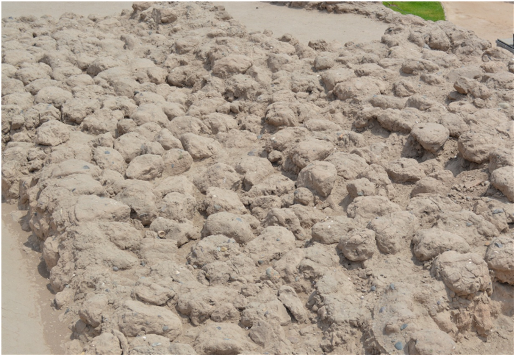 Fig 4. Rounded adobe fill to the interior of platform 1. Note the irregular surface formed by the roughly formed adobe.
Fig 4. Rounded adobe fill to the interior of platform 1. Note the irregular surface formed by the roughly formed adobe.
HUACA PUCLLANA
The second, slightly later structure is the Huaca Pucllana, in Miraflores. The site is considered to have held religious significance for several hundred years about 1600 years ago. It is a construction of mud brick and, tiered in a number of platforms, it forms a substantial pyramid structure within a complex covering some 15 acres. The construction is entirely from adobe, much as the Huaca Huallamarca; but in this case there has been an evolutionary change in design.
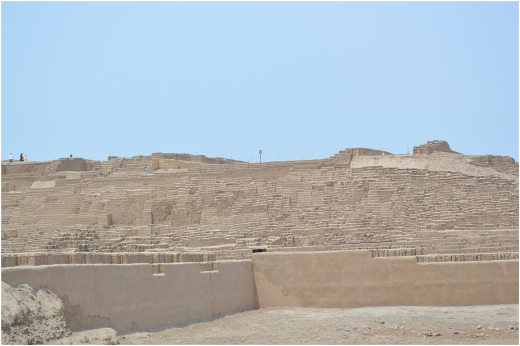 Fig 5. Huaca Pucllana rising to a height of over 22m.
Fig 5. Huaca Pucllana rising to a height of over 22m.
The bricks at the Huaca Pucllana are all rectangular prism-shaped, each formed by hand. Although they are all nearly the same size and generally ‘brick shaped’, the lack of any sort of mould means there is inevitably some shape and size variation. In total some 9,000,000 mud bricks were made to produce this edifice, also thought to be solid – that is, containing no burial chambers. The change in the shape of the adobe may be a conscious development of older building techniques in the light of experience gained at the earlier sites such as Huaca Huallamarca. This is clear from the method of construction, which involved stacking the bricks in ‘soldier courses’ as they are known in the trade, like books on a shelf, but all with small gaps between each brick.
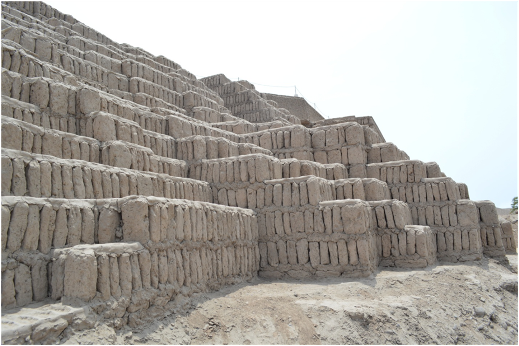 Fig 6. The stacks of adobe making the Huaca Pucllana.
Fig 6. The stacks of adobe making the Huaca Pucllana.
These gaps were not filled at all, with no effort to use any form of mortar or cement. Between each course the builders placed a binding layer of clay about 25 - 50mm thick, as at the older site, before starting their next course. This means that the pyramid, reaching a total of 22m in height, was entirely a ‘dry brick’ structure. This may not appear at first to be inherently stable , but nevertheless it has stood with little damage for nearly 2000 years and in that time has withstood some large scale earthquakes.
It appears that the reason for the pyramid’s seismic resistance lies not only in the fact that the building is essentially solid but in the deliberate gaps between all 9,000,000 bricks. Though there are some areas which may represent failure and repair, the greater use of deliberate inter-brick voids is believed to have further acted to dampen seismic effects.
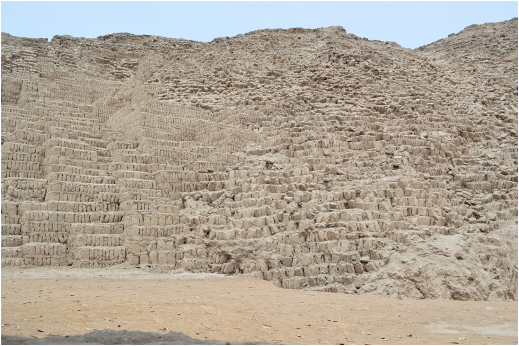 Fig 7. An un-restored section of Huaca Pucllana. Note the stacks of bricks to the left and the failed section on the right.
Fig 7. An un-restored section of Huaca Pucllana. Note the stacks of bricks to the left and the failed section on the right.
While the homes of the people who invested so much time and effort in the construction of the Huaca Pucllana may have been destroyed, their great edifice remains to this day a symbol of their god´s power and the ingenuity of engineering brains all those years ago.
Table 1: Significant earthquakes in Limas recent past.
|
Date
|
Location
|
Strength
|
|
28 October 1746
|
Callao Region, Lima
|
8.7
|
|
13 August 1868
|
Arica, Lima
|
9.0
|
|
24 May 1940
|
Callao Region, Lima
|
7.3
|
|
17th October 1966
|
Liam Region
|
6.4
|
|
3 October 1974
|
Lima Region
|
7.2
|
|
18 April 1993
|
Li8ma Region
|
6.0
|
|
15 August 2007
|
South Southeast of Lima
|
8.0
|
|
25 September 2013
|
South southeast of Lima
|
6.8
|
|
25 November 2013
|
South east of Lima
|
5.5
|